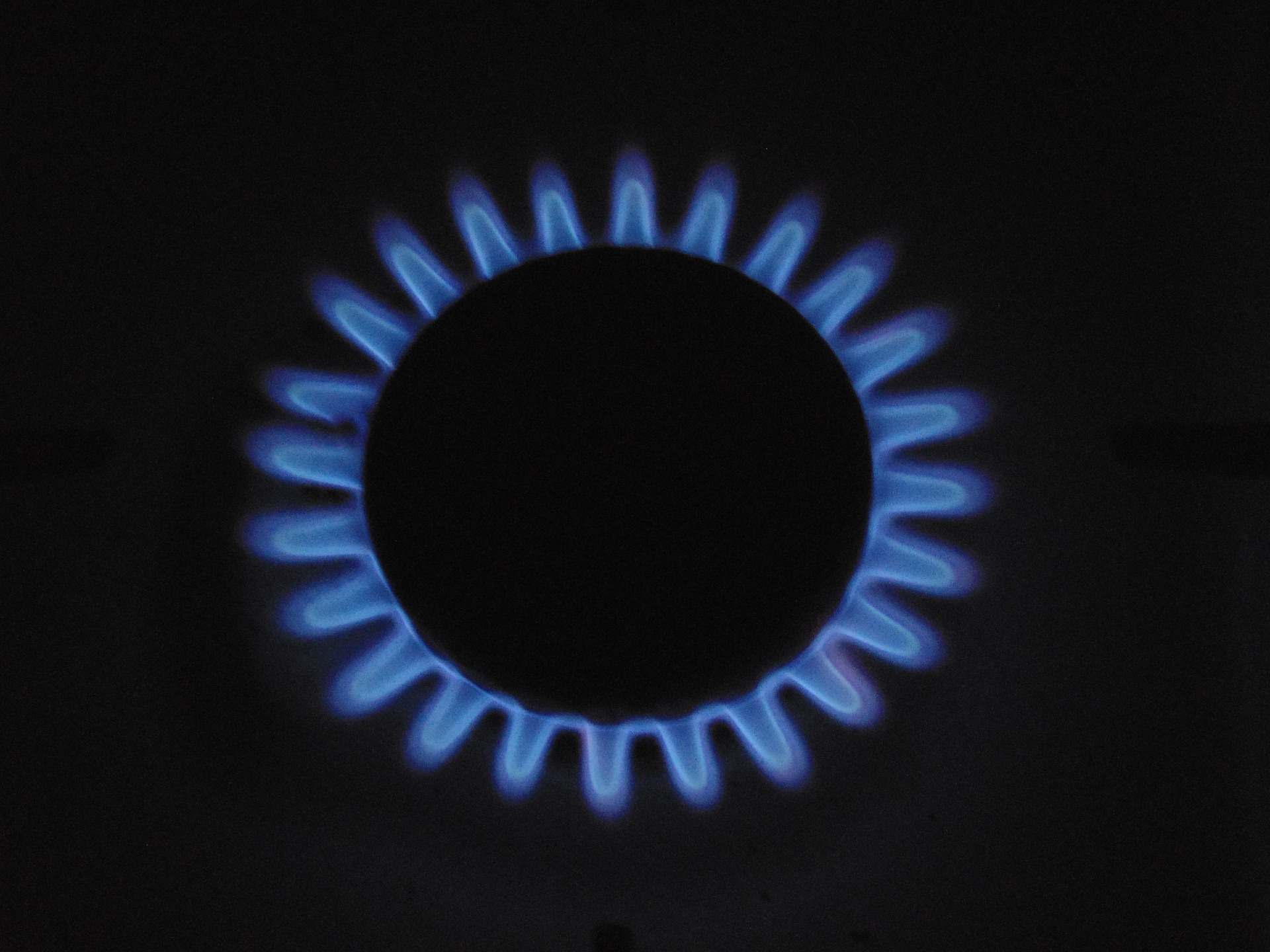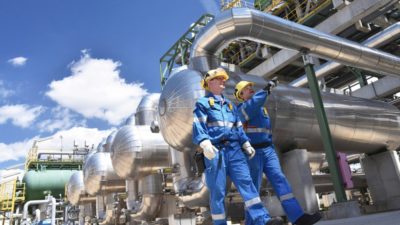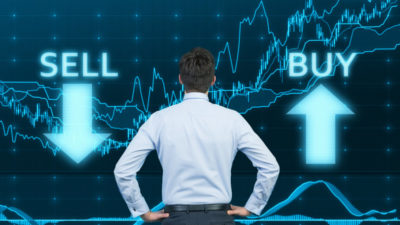It has been a tough year for natural gas explorers and producers. After the low-emission fossil fuel broke out of a long slump at the end of 2016, it again plunged, creating concerns that another rally will be a long way off.
Nonetheless, because of unseasonably cold weather, natural gas prices have spiked in recent weeks to over US$4 per million British thermal units (MMBtu) to be up by 64% over the last year. This — along with a marked uptick in demand for natural gas from China triggered by Beijing’s plans to transition from coal to gas for electricity generation and heating — has sparked claims that firmer prices are here to stay. If that turns out to be true it will be a boon for beaten-down natural gas producers like Painted Pony Petroleum (TSX:PONY), which has lost 25% for the year to date, despite the U.S. Natural Gas Fund gaining a whopping 52%.
Why are Canadian natural gas drillers falling?
The explanation for this is simple. Transportation bottlenecks coupled with Canadian natural gas production soaring at an unprecedented rate has caused domestic inventories to surge, creating a localized supply glut, which is weighing heavily on prices.
As a result, while the Henry Hub spot price, which is essentially the benchmark price for U.S. natural gas, is trading at US$4.20 per MMBtu; the Canadian AECO price is almost quarter of that at US$1.20 per MMBtu. That significant differential is having a sharp impact on the earnings of Canadian natural gas producers.
For the third quarter 2018, Painted Pony only averaged around US$1.61 per MMBtu sold compared to the average Henry Hub price of US$2.90 per MMBtu for the quarter, although the driller’s realized price was 32% higher than a year earlier.
However, this didn’t help to boost Painted Pony’s operating netback, which, for the quarter, was $1.72 per thousand cubic feet (Mcf) sold, or 19% lower year over year. That can be directly blamed on a sharp spike in transportation costs for the period, which, compared to a year earlier, almost doubled to $0.75 per Mcf produced. This was primarily due to higher tolls being levied by the operators of third-party pipelines that connect Paint Pony’s operations to crucial natural gas markets.
Painted Pony has implemented a range of strategies to mitigate the impact of weaker AECO prices by expanding into new markets and putting in place commodity hedging contracts to protect itself against weaker prices. It was for this reason that the driller’s average realized price over the quarter was greater than the AECO benchmark, which — along with a 38% year-over-year increase in production — caused revenue to surge by 80%.
Despite the notable uptick in revenue, Painted Pony reported a third-quarter net loss of $13.8 million compared to a profit of $14.6 million for the equivalent period in 2017. This sharp decline can be blamed on a combination of weaker commodity prices, the decline in its netback, and a massive $19.9 million loss on its commodity hedges.
Because of the adverse operating environment which currently exists, Painted Pony as slashed capital spending on exploration, drilling activities, and well development. That doesn’t bode well for the company to continue growing production at the clip reported for the third quarter.
Should investors buy Painted Pony?
For the reasons discussed, including the uncertainty and pressure being applied to Canadian oil and gas prices, it is difficult to like Painted Pony as an investment. It may own high-quality assets, have enough liquidity to fund its operations, and be focused on mitigating the impact of weaker commodity prices, but there is very little indication that the issues weighing on domestic natural gas prices will be alleviated anytime soon. That makes it an unattractive investment, despite the notable gains in the price of natural gas.








